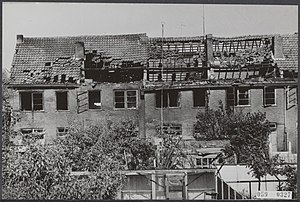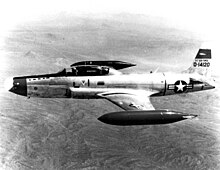
Volkel Air Base is a military airbase used by the Royal Netherlands Air Force (RNLAF) - Dutch: Koninklijke Luchtmacht (KLu), located near the village of Volkel, Netherlands. It is home to one F-16 Fighting Falcon squadron, No 312 and a F-35 squadron No 313 and a maintenance, logistical, a base Squadron for the RNLAF.

The Solo Display Team was the aerobatics display team of the Royal Netherlands Air Force (RNLAF) and consisted of three elements. The disbanded F-16 Solo Display Team used the fighter jet F-16 and the AH-64D Apache Solo Display Team uses the helicopter AH-64 Apache. The PC-7 Solo Display Team flew the low-wing tandem-seat training aircraft Pilatus PC-7.
James Stewart Bulloch was a Scottish footballer who played for Hamilton Academical, Alloa Athletic and Dumbarton, mainly at left back. He captained Hamilton in the 1935 Scottish Cup Final which they lost 2–1 to Rangers, then won promotion from the second tier in 1938–39 with Alloa after being recruited by former Accies teammate Jimmy McStay who had taken over as manager. Bulloch served in the Lothians and Border Horse regiment during World War II, and moved to Germany to coach football after the war ended. Bulloch was in 1948 and 1949 coach in the Netherlands at AGOVV winning the Eerste klasse oost and was third in Dutch championship 1948/49.
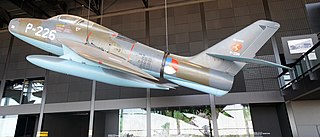
On 20 November 1960 a F-84F Thunderstreak of the Royal Netherlands Air Force crashed at 7:50pm into a farm in Lutjelollum between Wjelsryp and Franeker, the Netherlands. The pilot and the family of six people who lived at the farm were all killed. The farm was destroyed and burned down and the livestock was killed.

On 8 July 1957, a de Havilland Venom operated by the 60 Squadron Royal Air Force crashed after departure from Tengah Air Base into a building block and exploded. During the crash, four people died including the pilot. Two more people died during the rescue operation. Nineteen people were injured.
On 25 July 1957, a Republic F-84G Thunderjet operated by the Turkish Air Force crashed in the city center of Bursa in northwestern Turkey. Up to twenty-nine people died, sixteen people were injured and twenty-five houses burned down.

On 24 November 1956 the Linee Aeree Italiane Douglas DC-6B "I-LEAD" was an international scheduled passenger flight from Rome via Paris and Shannon to New York. Shortly after take off from Paris Orly Airport the airplane lost altitude and crashed into houses in the commune Paray-Vieille-Poste. 34 of the 36 people on board were killed, including Italian orchestral conductor Guido Cantelli.
Full Play was a major aviation exercise of the North Atlantic Treaty Organization (NATO) that took place over a three-day period in June 1958 in the North West NATO region.
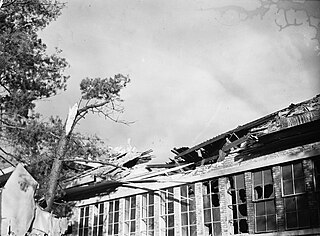
On 7 October 1946 a Fairey Firefly of the Netherlands Naval Aviation Service crashed next to the Hogere Burgerschool in Apeldoorn, the Netherlands. The burning fuel tank fell into the gym where 27 students were at the time. Of the 27 students, 22 lost their lives, together with the pilot Max Christern. The pilot's mother died of a heart attack later that day, after she arrived at the scene of the crash and was told about his fate.
Max Wilhelm Douwe Christern was a Dutch-born German aviator of Swedish descent. During World War II he fled by plane to avoid conscription and became a pilot at the Royal Air Force and after the war at the Royal Netherlands Air Force. On 7 October 1946 he caused the 1946 Apeldoorn aircraft crash killing himself and 22 school children.

On 14 July 1935 Fokker F.XXII PH-AJQ Kwikstaart was an international passenger flight from Amsterdam via Hamburg and Copenhagen to Malmö. The plane crashed and burned down shortly after take-off just outside Schiphol after both left side engines failed due to a defect in the fuel system, killing four crew members and two passengers. Fourteen people survived.

On 20 July 1935 a Douglas DC-2 aircraft, registration PH-AKG, operated by KLM, flying from Milano, Italy to Schiphol, Amsterdam, in the Netherlands crashed at Pian San Giacomo, Switzerland, killing all thirteen people on board, in the deadliest KLM accident at that time. It was the company's third international passenger flight accident in one week, which became known as the "black week". This left KLM short of crew and airplanes, and routes were given up; the Amsterdam—Milan route was taken over by Deutsche Lufthansa.
The 1874 Warmond train accident was a train collision between a passenger train and a freight train at the Amsterdam–Haarlem–Rotterdam railway near Warmond railway station between Leiden and Warmond, in the Netherlands on 14 August 1874. A passenger and one of the drivers were killed, and over 30 passengers were injured. The wife of the train driver died of shock after hearing her husband was killed.

On 24 April 1924, KLM Royal Dutch Airlines (KLM) operated the Fokker F.III H-NABS on an international passenger flight from Croydon Airport in the United Kingdom to Waalhaven, the Netherlands. The plane, its pilot, and the two passengers on board disappeared while flying over the English Channel. Despite a large search operation, the plane was not found, and is presumed to have crashed into the Channel.

On 24 July 1928, a KLM-owned Fokker F.III operated a scheduled passenger sightseeing flight from and back to Waalhaven Airport in Rotterdam, Netherlands. The plane with the pilot and five passengers on board stalled shortly after takeoff and crashed after it struck boats in the Waalhaven harbour next to the airport. One passenger died after not all passengers could be saved in time while the airplane sank.
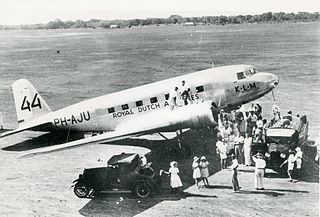
On 19 December 1934 the KLM Royal Dutch Airlines operated Douglas DC-2-115A Uiver was an extra scheduled international Christmas mail-and-passenger flight from Schiphol Airport in Amsterdam, the Netherlands, to Batavia in the Netherlands East Indies with eight intermediate stops.

On 16 July 1935 a Douglas DC-2 aircraft, registration PH-AKM, operated by KLM, flying from Batavia, Dutch East Indies with several stopovers to Schiphol, Amsterdam, the Netherlands. After an emergency landing in Bushire, Iran the plane crashed the next day during take-off and the plane burned down.

On 25 June 1925, KLM-owned Fokker F.III H-NABM was a passenger flight from Schiphol Airport, the Netherlands to Paris, France. Due to bad weather it struck trees in the Forêt de Mormal and crashed. The pilot and all three passengers were killed.
Revolving Light sometimes written as Revolvinglight was a barque launched from the Turner Shipyard in Harvey Bank, New Brunswick on 15 September 1875. The ship was 196 feet (60 m) long and had a tonnage of 1,338 tons. The ship was the first ship of the Turner Shipyard of Gaius Samuel Turner.
